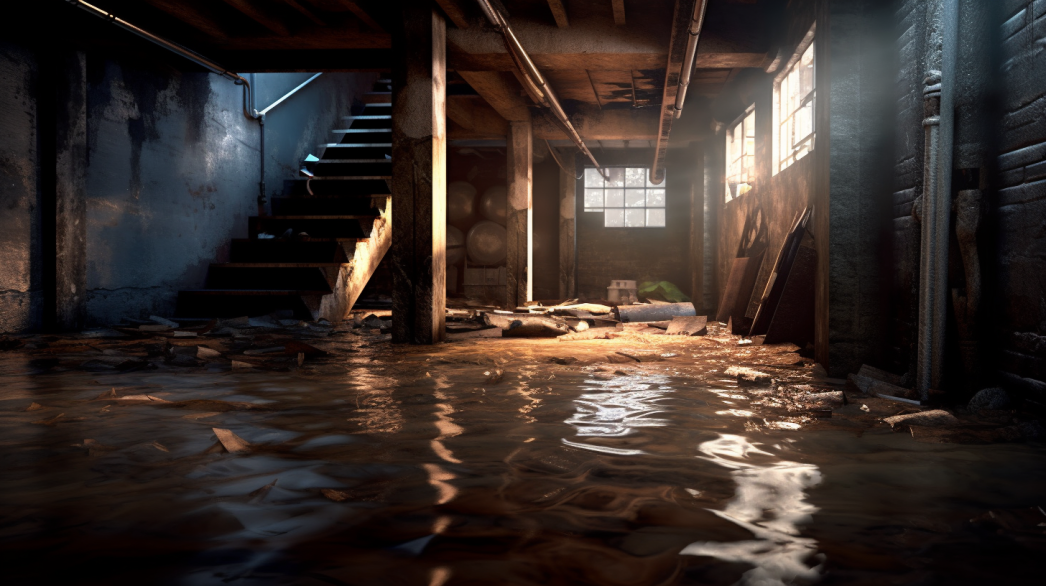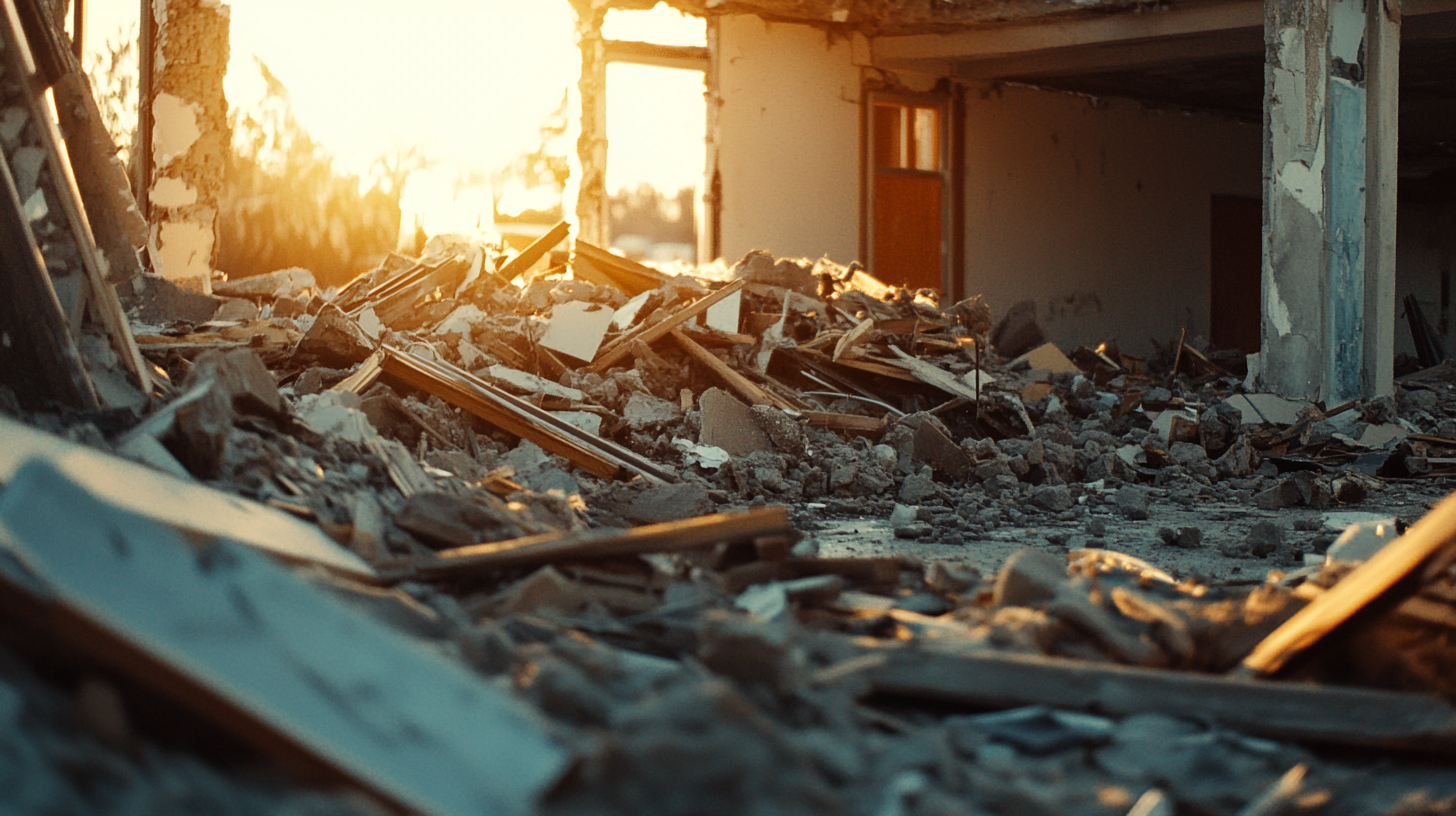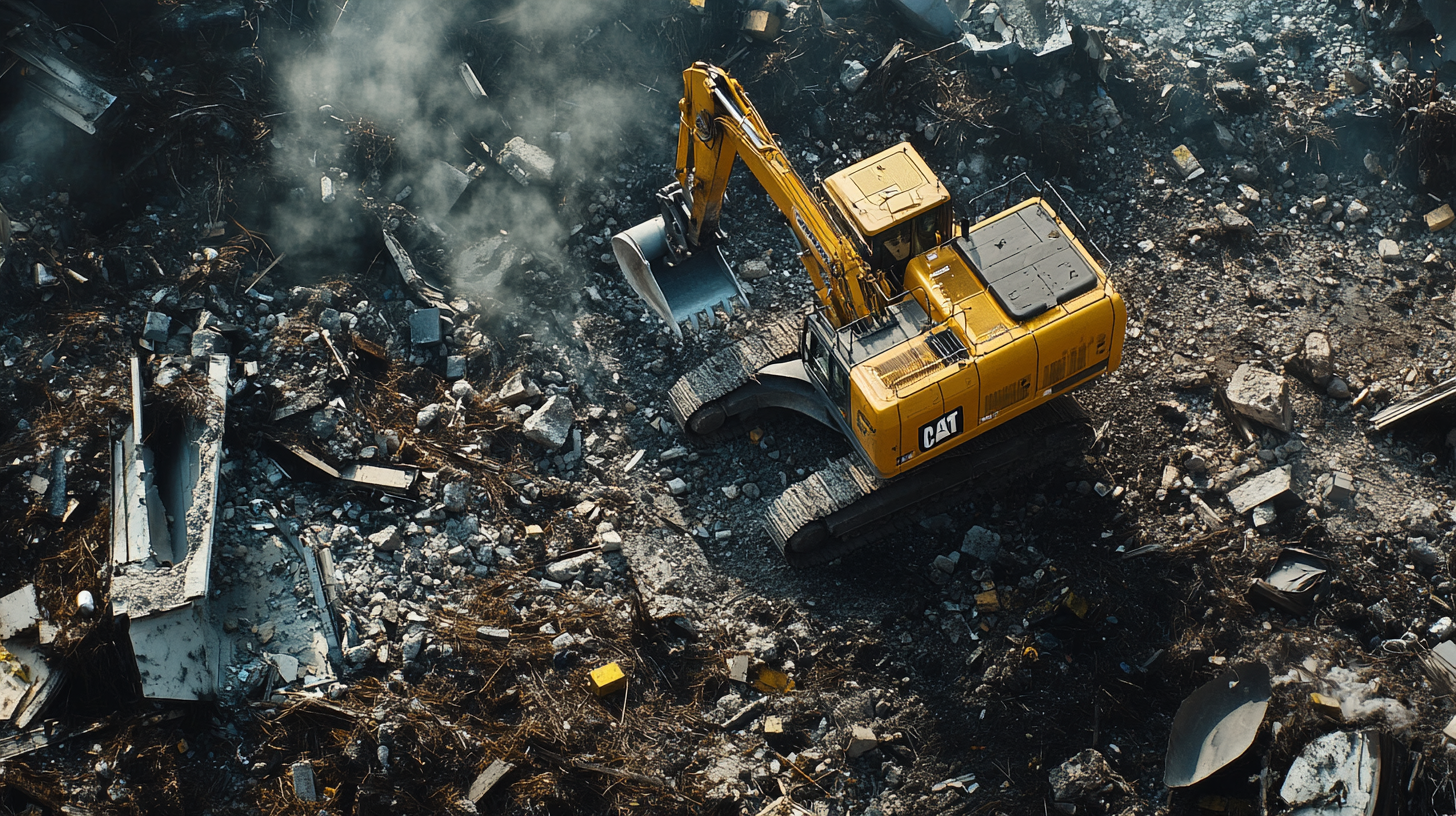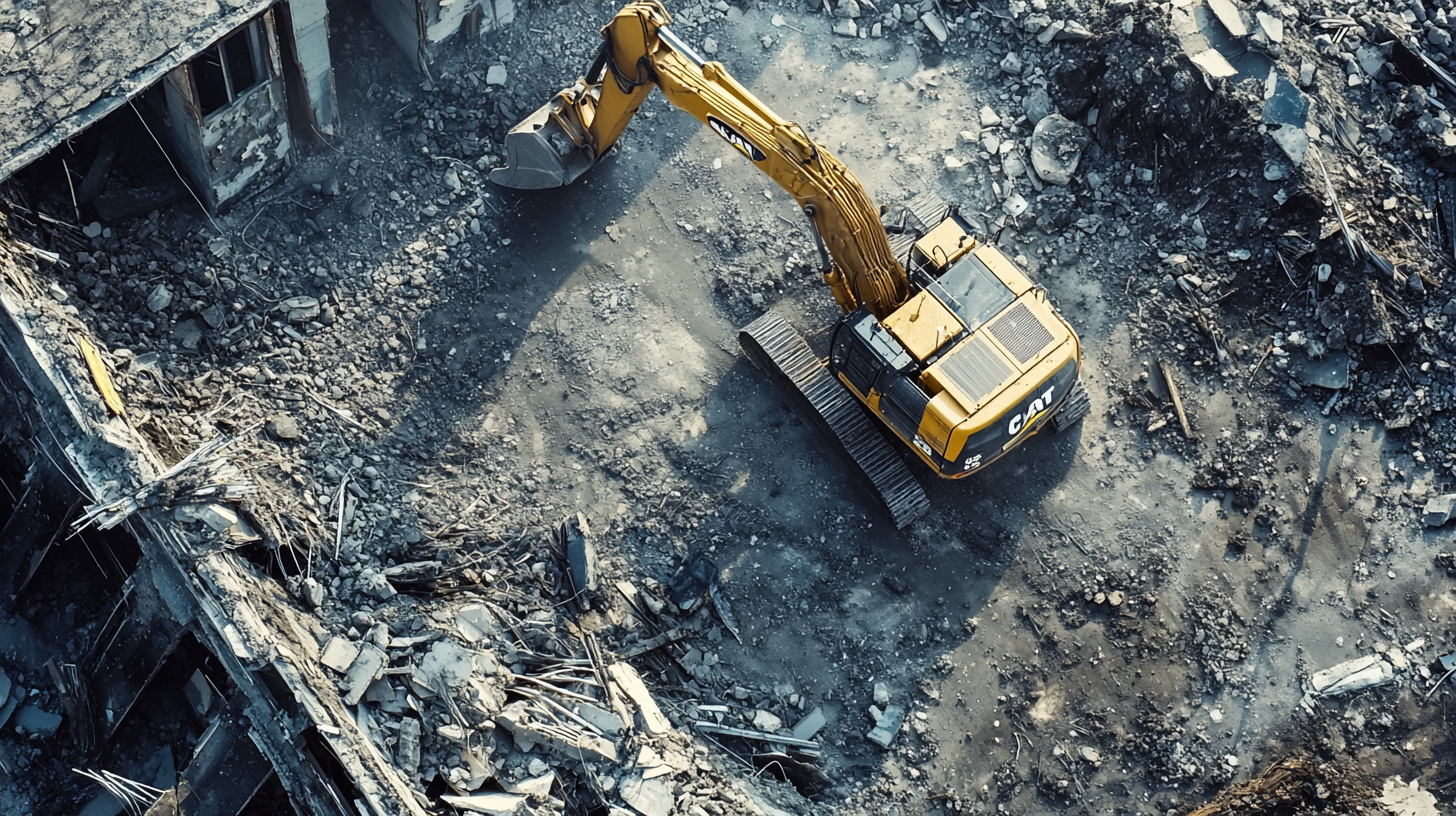
Moisture barriers play a critical role in the construction and maintenance of buildings, particularly when it comes to exterior walls. These barriers, also known as weather-resistive barriers (WRBs), are essential for protecting structures from water infiltration, which can cause significant damage over time. By preventing moisture from penetrating the building envelope, moisture barriers help maintain the integrity, durability, and energy efficiency of a structure. This blog explores the importance of moisture barriers for exterior walls, detailing how they function, the benefits they provide, and the potential consequences of neglecting this crucial component.
What Are Moisture Barriers?
Moisture barriers are materials installed in exterior walls to prevent water and vapor from entering the interior of a building. These barriers can be made from a variety of materials, including asphalt-saturated felt, building paper, house wrap, and liquid-applied membranes. The primary function of a moisture barrier is to act as a shield against rain, snow, and humidity, directing any moisture that does penetrate the exterior cladding away from the building structure.
How Moisture Barriers Work
Moisture barriers work by creating a continuous layer that blocks water from entering the wall assembly while allowing vapor to escape. This dual function is essential for preventing water damage and mold growth. When properly installed, moisture barriers help manage water that penetrates the outer cladding by providing a secondary drainage plane. This ensures that any moisture that gets through the exterior finish is redirected out and away from the wall assembly, keeping the interior dry and protected.
Benefits of Moisture Barriers
Protection Against Water Damage: Moisture barriers are crucial for protecting the structural components of a building from water damage. By preventing water infiltration, they help avoid issues such as wood rot, corrosion of metal components, and deterioration of insulation and other materials.
- Prevention of Mold and Mildew: Moist environments are ideal for mold and mildew growth, which can lead to health issues and structural damage. Moisture barriers reduce the risk of mold and mildew by keeping the interior of the walls dry, thus maintaining a healthier indoor environment.
- Enhanced Energy Efficiency: Moisture barriers contribute to the energy efficiency of a building by preventing moisture from compromising the insulation. When insulation remains dry, it retains its effectiveness, leading to better temperature regulation and reduced energy costs.
- Increased Longevity of Building Materials: By protecting against moisture infiltration, moisture barriers help extend the lifespan of building materials, reducing the need for frequent repairs and replacements. This leads to long-term savings and a more durable building structure.
- Improved Indoor Air Quality: Preventing moisture from entering the building helps maintain better indoor air quality by reducing the likelihood of mold growth and other moisture-related issues. This is especially important for occupants with allergies or respiratory conditions.
Consequences of Skipping Moisture Barriers
Neglecting to install moisture barriers can lead to several problems:
- Structural Damage: Without a moisture barrier, water can penetrate the wall assembly, leading to rot, rust, and deterioration of structural elements.
- Health Risks: Increased moisture levels can promote mold and mildew growth, which can cause respiratory problems and other health issues for building occupants.
- Decreased Energy Efficiency: Moisture can compromise the effectiveness of insulation, leading to higher energy costs and reduced comfort.
- Frequent Repairs: Buildings without moisture barriers are more susceptible to water damage, resulting in costly and frequent repairs.
In conclusion, moisture barriers are an essential component of exterior wall construction, providing critical protection against water infiltration and its associated problems. By preventing moisture from entering the building, these barriers help maintain structural integrity, enhance energy efficiency, and promote a healthier indoor environment. Investing in moisture barriers is a wise decision that will pay off in the long run by preserving the durability and value of your building.
Step 1: Clean and Prepare the Exterior Walls
Proper preparation of exterior walls is the first and most crucial step in installing an effective moisture barrier. This process involves removing existing materials and debris, as well as repairing and smoothing the wall surface to ensure a solid foundation for the moisture barrier. By meticulously cleaning and preparing the exterior walls, you can enhance the effectiveness and longevity of the moisture barrier, protecting your building from moisture damage.
Removing Existing Materials and Debris
Clearing Old Siding or Wall Coverings:
- Remove Existing Siding: Begin by carefully removing any existing siding, cladding, or wall coverings. Use appropriate tools such as pry bars, hammers, and screwdrivers to detach these materials without damaging the underlying structure.
- Dispose of Materials Properly: Collect and dispose of the old siding and debris responsibly. Check with local waste management services for proper disposal methods or recycling options for the materials you remove.
Cleaning the Wall Surface to Remove Dirt and Debris:
- Thorough Cleaning: After removing the old materials, thoroughly clean the wall surface to remove dirt, dust, and any remaining debris. Use a stiff brush or broom to sweep away loose particles.
- Power Washing: For a more thorough clean, consider using a power washer. This will help remove stubborn dirt and grime, ensuring a clean surface for the moisture barrier. Be careful not to damage the wall surface with excessive pressure.
- Dry the Surface: Allow the wall to dry completely before proceeding. A dry surface is essential for the proper adhesion of repair materials and the moisture barrier.
Repairing and Smoothing the Surface
Fixing Cracks and Holes in the Wall:
- Inspect the Wall: Carefully inspect the exterior wall for any cracks, holes, or other imperfections. These issues must be addressed to create a smooth and stable foundation for the moisture barrier.
- Use Appropriate Repair Materials: For masonry walls, use a suitable masonry patching compound to fill cracks and holes. For wooden walls, use wood filler or putty to repair any damage. Follow the manufacturer’s instructions for mixing and applying these compounds, ensuring they fill the imperfections completely and are level with the surrounding surface.
- Allow to Dry: After applying the repair materials, allow them to dry completely as per the manufacturer’s instructions. This drying period is crucial for the effectiveness of the repairs.
Ensuring the Wall Surface is Smooth and Even:
- Check for Smoothness: Once repairs are dry, check the entire wall surface to ensure it is smooth and even. Use a straightedge or level to identify any uneven spots that need additional attention.
- Sand or Reapply: If necessary, sand down any rough patches or reapply repair materials to achieve a smooth finish. A smooth, even surface is essential for the moisture barrier to lay flat and adhere properly.
- Final Cleaning: After smoothing the surface, perform a final cleaning to remove any dust or debris resulting from the repair process. Ensure the wall is completely clean and dry before proceeding with the installation of the moisture barrier.
By meticulously cleaning and preparing the exterior walls, you create an ideal base for the moisture barrier. This preparation step is essential for preventing future issues and ensuring that the moisture barrier adheres properly, remains intact, and provides effective protection against moisture infiltration. Taking the time to properly prepare the walls will pay off in the longevity and performance of your moisture barrier and the overall durability of your building.
Step 2: Measure and Cut the Moisture Barrier
Accurate measurement and precise cutting of the moisture barrier are essential steps to ensure a proper fit and effective protection for exterior walls. This process involves carefully measuring the wall area and cutting the moisture barrier material to the correct dimensions, allowing for necessary overlaps and seams. By following these detailed steps, you can ensure a seamless installation that provides maximum moisture protection.
Measuring the Wall Area
Accurate Measurement Techniques:
- Gather Tools: Use a tape measure, pencil, and notepad to record the dimensions of the wall area. A laser measure can also be helpful for larger or irregularly shaped surfaces.
- Measure the Length and Height: Start by measuring the length and height of each section of the exterior wall. Measure from edge to edge and from the top to the bottom of the wall. If the wall is irregularly shaped, break it into sections and measure each one separately.
- Record Measurements: Write down all measurements clearly, noting the dimensions of each section. Sketch a simple diagram of the wall if necessary to visualize different areas and their respective measurements.
Allowing Extra Material for Overlaps and Seams:
- Add Extra Inches: When calculating the amount of moisture barrier material needed, add an extra 6-12 inches to each dimension to allow for overlaps at the seams. This overlap is crucial for ensuring a continuous, effective barrier.
- Account for Obstacles: Measure around any obstacles such as windows, doors, and vents. Include these in your calculations to ensure the barrier fits snugly around them without leaving gaps.
Cutting the Barrier
Using a Utility Knife or Heavy-Duty Scissors for Precise Cuts:
- Select Cutting Tools: Use a sharp utility knife or heavy-duty scissors to cut the moisture barrier material. Ensure your cutting tools are in good condition to achieve clean, precise cuts.
- Mark the Barrier: Lay out the moisture barrier on a flat surface. Using the measurements recorded earlier, mark the dimensions directly on the barrier with a pencil or chalk. Make sure your markings are straight and clear.
Cutting Pieces to Fit the Dimensions of the Wall:
- Make Initial Cuts: Begin by cutting the barrier into large sections that fit the main dimensions of the wall. Use a straightedge as a guide to ensure straight cuts with your utility knife or scissors.
- Cutting for Overlaps: Ensure that each piece of the barrier is cut with an additional 6-12 inches for overlapping seams. This overlap is crucial for maintaining a continuous barrier against moisture.
- Fitting Around Obstacles: For any obstacles identified earlier, carefully cut the barrier to fit around them. It may be helpful to cut smaller pieces and fit them around obstacles to ensure complete coverage without gaps.
- Final Adjustments: After cutting, lay out each piece to ensure they fit together properly. Make any necessary adjustments to the cuts before proceeding with the installation.
By meticulously measuring and cutting the moisture barrier, you ensure it fits the wall area perfectly, providing an effective barrier against moisture. This step is critical for preventing gaps and overlaps that could compromise the barrier's effectiveness, ultimately protecting the integrity of your exterior walls. Taking the time to measure accurately and cut precisely helps ensure a smooth installation process and a durable, long-lasting barrier.
Step 3: Install the Moisture Barrier
Proper installation of the moisture barrier is crucial to ensuring effective protection for your exterior walls. This step involves carefully laying out the barrier, securing it to the wall, and optionally applying a liquid-applied barrier for added protection. Following these detailed instructions will help achieve a seamless and efficient installation.
Laying Out the Barrier
Starting from the Bottom of the Wall and Working Upwards:
- Begin at the Base: Start by laying out the moisture barrier at the bottom of the wall. This helps to ensure that any moisture that runs down the wall will flow over the layers below, rather than seeping behind them.
- Unroll the Material: Unroll the polyethylene sheeting or other barrier material across the base of the wall, ensuring it is straight and flat against the surface.
Overlapping Sheets to Ensure Continuous Coverage:
- Overlap by 6-12 Inches: As you lay out each new section of the barrier, overlap the previous section by 6-12 inches. This overlap is crucial for preventing gaps where moisture could penetrate.
- Align Seams Carefully: Ensure that seams are aligned properly and that there are no gaps or wrinkles in the material. Smooth out the barrier as you go to ensure a tight fit against the wall.
Securing the Barrier
Using a Staple Gun to Attach the Barrier to the Wall Studs:
- Attach to Studs: Secure the barrier to the wall studs using a staple gun. Place staples through the barrier into the studs, ensuring a firm attachment.
- Regular Intervals: Place staples at regular intervals of approximately 12-16 inches along the studs. This ensures that the barrier is held securely in place without sagging or shifting.
Placing Staples at Regular Intervals for Secure Attachment:
- Consistent Placement: Make sure the staples are consistently placed to provide uniform support across the entire surface of the barrier.
- Double-Check Attachment: After stapling, check the barrier to ensure it is securely attached and that there are no loose sections.
Applying Adhesive Tape to Secure Seams and Overlaps:
- Seal the Seams: Apply high-quality adhesive tape along all seams and overlaps. Press the tape down firmly to ensure a tight bond and to prevent any moisture from seeping through.
- Reinforce Overlaps: Make sure the overlaps are well-secured with tape, providing a continuous barrier without any gaps or weak points.
Applying Liquid-Applied Barriers (Optional)
For added moisture protection, you can apply a liquid-applied barrier in addition to the polyethylene sheeting. This step is optional but provides an extra layer of defense against moisture infiltration.
Using a Trowel to Spread the Liquid Barrier Evenly:
- Prepare the Liquid Barrier: Follow the manufacturer’s instructions to prepare the liquid-applied barrier. Ensure that it is mixed thoroughly for an even application.
- Even Application: Use a trowel to spread the liquid barrier evenly across the surface of the wall. Apply in small sections to ensure uniform coverage and to avoid drips or uneven layers.
Allowing Sufficient Drying Time as Per Manufacturer Instructions:
- Drying Time: Allow the liquid-applied barrier to dry thoroughly according to the manufacturer’s instructions. This drying time is essential for the barrier to form a solid, protective layer.
- Inspect After Drying: Once the barrier has dried, inspect the surface to ensure there are no missed spots or areas where the barrier has not adhered properly.
By following these steps meticulously, you ensure that the moisture barrier is effectively installed, providing robust protection against moisture infiltration. Proper installation of the moisture barrier is an investment in the longevity and performance of your exterior walls, helping to prevent moisture-related issues and maintaining the integrity of your building.
Step 4: Sealing the Edges and Seams
Sealing the edges and seams of the moisture barrier is a crucial step to ensure complete protection against water infiltration. Properly sealed seams and openings around windows and doors help maintain the barrier's integrity, preventing moisture from penetrating the building envelope. This step-by-step guide outlines how to seal seams and overlaps and how to effectively seal around openings for maximum moisture protection.
Sealing Seams and Overlaps
Applying Caulk or Sealant Along Seams and Overlaps:
- Choose the Right Sealant: Select a high-quality caulk or sealant specifically designed for use with moisture barriers. Ensure it is compatible with the material of your moisture barrier.
- Apply the Sealant: Run a continuous bead of caulk or sealant along the seams and overlaps where sections of the barrier meet. Use a caulking gun for a steady, even application. This bead helps to fill any small gaps and creates an additional layer of protection against moisture.
Using Flashing Tape to Reinforce the Seals:
- Select Flashing Tape: Use flashing tape that is compatible with the moisture barrier material. Flashing tape is typically made of a durable, waterproof material that adheres well to various surfaces.
- Apply the Tape: After applying the caulk or sealant, reinforce the seams by placing flashing tape over them. Press the tape down firmly along the length of the seam to ensure it adheres properly. Smooth out any bubbles or wrinkles to create a tight, secure seal.
- Double-Check Seals: Inspect each seam to ensure there are no gaps or loose sections. Reinforce any areas that appear weak or improperly sealed to maintain the integrity of the moisture barrier.
Sealing Around Openings
Ensuring Proper Sealing Around Windows and Doors:
- Inspect Openings: Carefully inspect the areas around windows and doors for any gaps or potential points of water intrusion. These openings are particularly vulnerable to moisture and require thorough sealing.
- Prepare the Surface: Clean the surface around the openings to remove any dust, dirt, or debris. A clean surface ensures better adhesion of the sealant and flashing tape.
Using Flashing Tape and Sealant to Prevent Water Intrusion:
- Apply Sealant: Apply a generous bead of caulk or sealant around the edges of windows and doors. Use a caulking gun to ensure an even application. Focus on corners and joints where water is most likely to penetrate.
- Install Flashing Tape: Place flashing tape over the sealant around the perimeter of the openings. Start at the bottom and work your way up, ensuring that each piece of tape overlaps the one below it to create a shingled effect. This overlap helps direct water away from the building.
- Secure the Tape: Press the flashing tape down firmly to ensure it adheres well. Smooth out any bubbles or wrinkles to create a continuous, waterproof seal.
- Inspect and Reinforce: Once the tape is applied, inspect the area to ensure there are no gaps or loose sections. Apply additional sealant or tape as needed to ensure a complete seal.
By meticulously sealing the edges and seams, as well as around windows and doors, you ensure that the moisture barrier provides maximum protection against water infiltration. This step is critical for maintaining the integrity of the building envelope, preventing moisture-related damage, and ensuring the longevity and performance of the structure. Proper sealing helps create a continuous, durable barrier that safeguards against the harmful effects of moisture, ensuring a successful and long-lasting installation.
Step 5: Install Siding or Exterior Finish
The final step in protecting your exterior walls with a moisture barrier involves installing the siding or exterior finish. This step is crucial for both the aesthetic appeal and the structural integrity of your building. Proper installation techniques ensure that the moisture barrier remains intact and the siding is securely attached, providing lasting protection against the elements.
Attaching Siding or Finish
Following Manufacturer Instructions for Siding Installation:
- Read the Instructions: Before starting the installation, carefully read the manufacturer’s instructions specific to the siding or finish you are using. These guidelines provide important details about spacing, fastening, and other installation requirements.
- Plan the Layout: Plan the layout of the siding to ensure a consistent and attractive appearance. Consider starting at a prominent corner or a visually important area and working your way around the building.
Ensuring the Moisture Barrier Remains Intact During the Process:
- Handle with Care: As you attach the siding, be mindful of the moisture barrier underneath. Avoid tearing or displacing it during the installation process.
- Monitor the Barrier: Regularly check the condition of the moisture barrier as you work to ensure it remains flat and intact. Repair any accidental damage immediately to maintain the barrier's effectiveness.
Securing the Siding
Using Appropriate Tools and Techniques:
- Gather the Right Tools: Use the appropriate tools for the siding material, such as a nail gun, hammer, or screw gun. Ensure you have fasteners that are compatible with both the siding material and the underlying structure.
- Proper Fastening: Follow the manufacturer’s guidelines for the correct type and placement of fasteners. This may include specific recommendations for nail or screw lengths, spacing, and depth.
Ensuring the Siding is Level and Securely Attached:
- Start at the Bottom: Begin the installation at the bottom of the wall and work your way up. Use a level to ensure the first row is perfectly horizontal, as this will serve as the foundation for the rest of the siding.
- Check Alignment: Regularly check the alignment of the siding as you work. Use a level and a chalk line to ensure each row is straight and evenly spaced.
- Secure Fastening: Attach the siding securely, making sure each piece is properly fastened to the wall studs. Place fasteners at regular intervals as specified by the manufacturer to prevent movement and ensure stability.
- Expansion Gaps: Leave appropriate gaps for expansion and contraction if recommended by the manufacturer. This is especially important for materials like vinyl and wood that can expand or contract with temperature changes.
By carefully following these steps for attaching and securing the siding, you can ensure a professional and durable installation that maintains the integrity of the moisture barrier. Proper installation techniques not only enhance the appearance of your building but also provide long-lasting protection against moisture and other environmental factors. Taking the time to install the siding correctly will help safeguard your investment and ensure the longevity and performance of your exterior finish.
FAQs
Contact Bull City Crawlspace Today!
Bull City Crawlspace will do everything we can to ensure your experience with us is excellent.
Request A FREE Estimate
Request a Free Estimate Form
Checkout Recent Post




Got a Question? We’re Here to Help.
You can arrange an appointment or make an enquiry by phone or email, orget in touch to us via our contact form.

